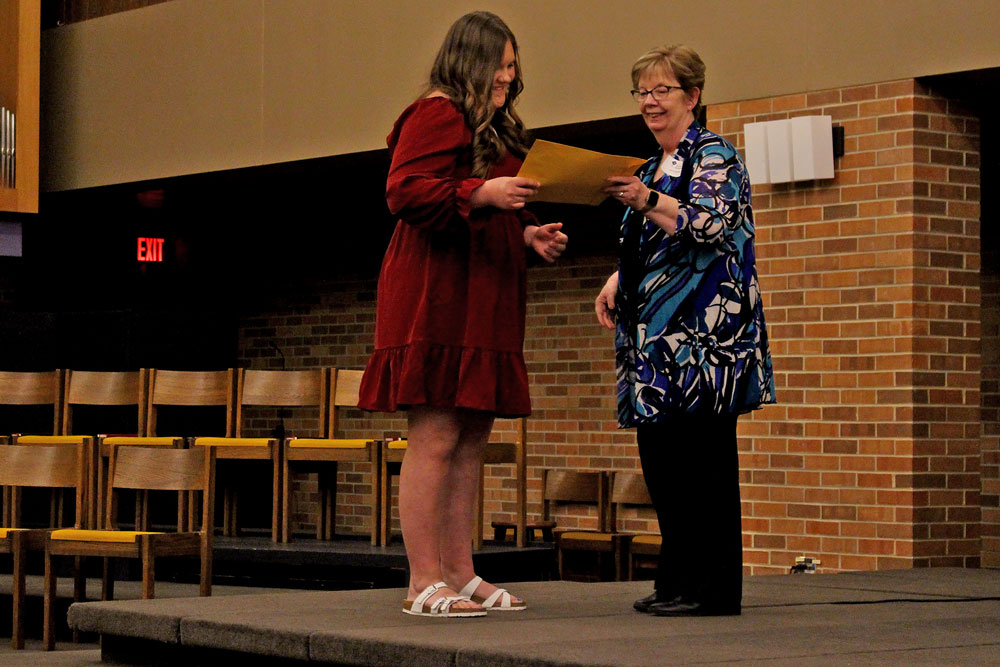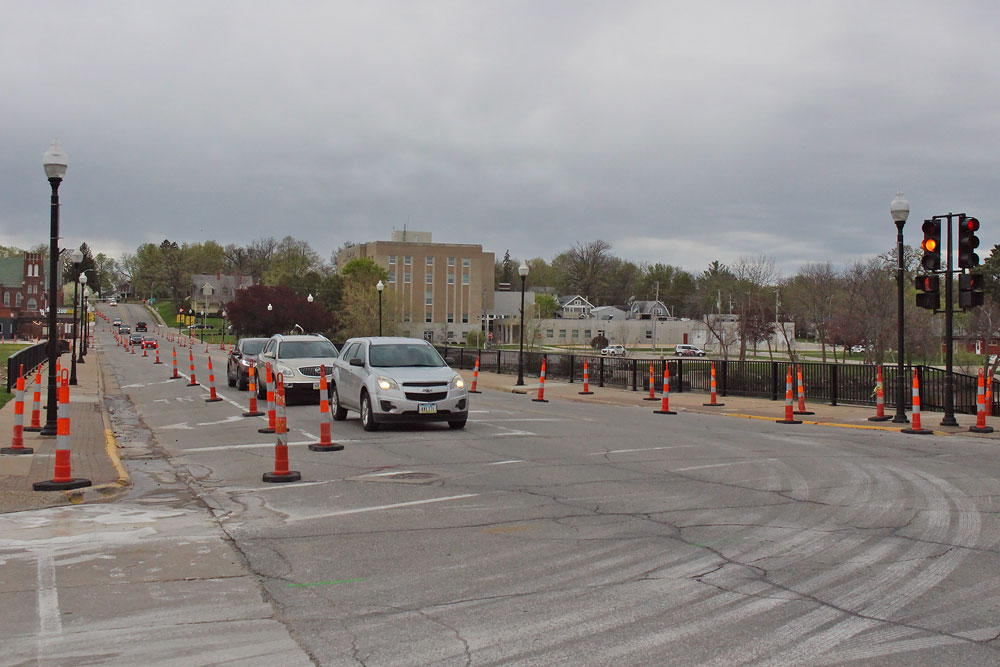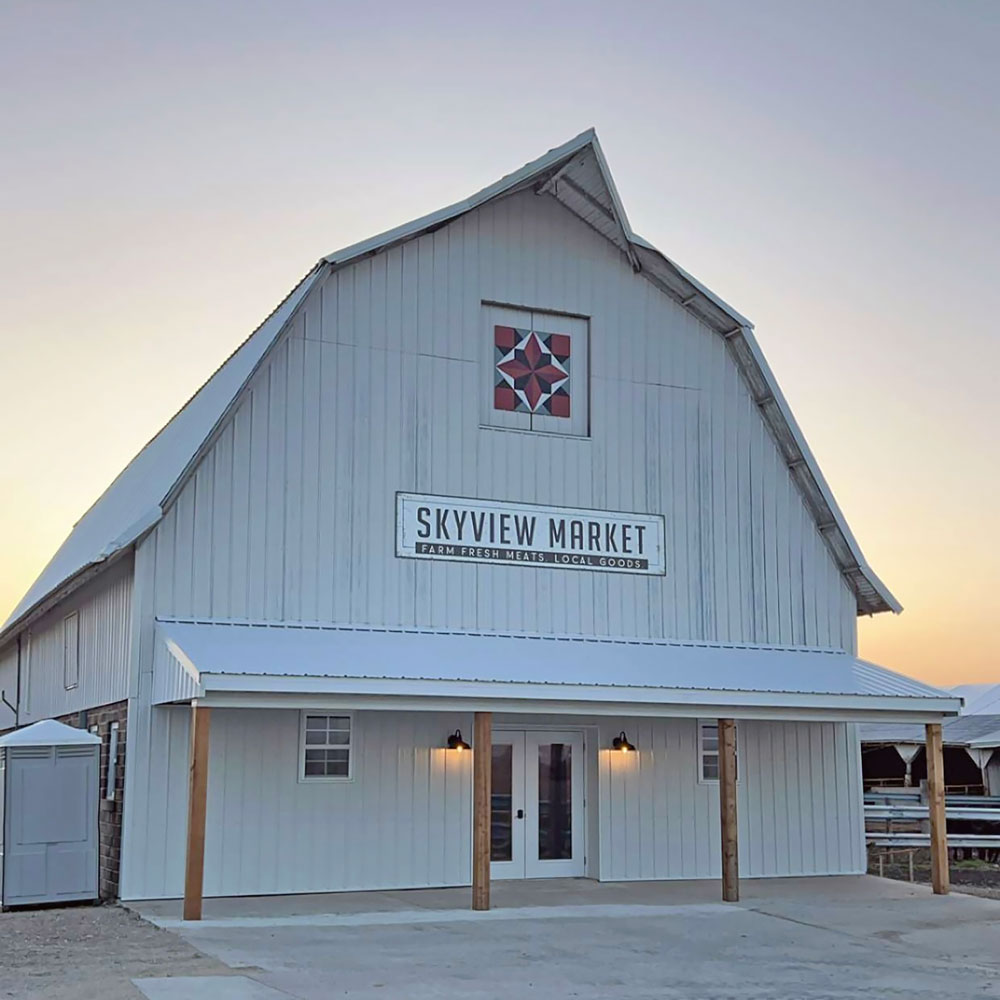Floyd County board, commission hear more input on proposed wind farm ordinance

By Bob Steenson, bsteenson@charlescitypress.com
County supervisors and members of the county Planning and Zoning Commission aren’t the only Floyd County officials with opinions on commercial wind energy projects.
Other county department heads were given an opportunity to weigh in on the topic at a special joint supervisors and Planning and Zoning meeting held Wednesday afternoon.
Also part of the meeting were four zoning or land use officials from four other counties, talking about their experiences with wind energy projects and how their counties regulate them.
The joint meeting of the supervisors and P&Z was part of an ongoing process to revise the Floyd County commercial wind energy zoning ordinance, in light of two companies currently making plans to apply for permits to construct new wind farms in the county.
John Robbins, a senior planner with the North Iowa Area Council of Governments (NIACOG) and the former Cerro Gordo County zoning administrator, has been shepherding the process along since being hired by the county through NIACOG.
Robbins said Wednesday he has started writing a draft of a new wind energy ordinance, and is close to presenting it to the Planning and Zoning Commission, which will decide to accept it or make changes before ultimately sending it to the Board of Supervisors, which can also either accept it or make changes.
Both steps in the process, at the P&Z level and with the supervisors, will require public hearings be held on the proposals.
County department heads and other area officials were invited to make comments at the joint meeting, about concerns and things they think should be addressed in a wind energy zoning ordinance:
• County Engineer Jacob Page said his primary involvement with wind energy projects will be with road use agreements, which will tell wind energy crews which county roads they can use for their large construction and transportation equipment, and set standards for what the companies will have to do to beef up roads or intersections to let their heavy equipment pass over them, then return them to their original condition after construction is done.
Page said the companies should be required to do a safety study on all county bridges that they intend to cross, as well as making videos of all the roads before any changes are made and after construction is over and the roads have been returned to their original condition.
All service driveways to the turbine towers would also have to go through the county’s driveway permitting process, he said.
Robbins said the road use agreement could also include dust control.
• County Emergency Management Administrator Jason Webster said his primary concern was that the companies be required to provide training and perhaps equipment to deal with specific emergencies that could develop with the wind turbines.
He said he would also like to be provided with copies of emergency operations plans and guidelines proposed for new projects, and to look at examples of existing emergency plans for other wind farms. And he said they should make sure that 911 addressing is taken care of for every turbine.
Webster said the turbines are unlikely to interfere with the type of radio signals that the county’s new public safety communications system would use, but he did have a concern that other companies or organizations that want to rent antenna space on the new 300-foot radio tower that will be built near Rockford could be using microwave communications or other methods that the turbines might interfere with.
He suggested the ordinance address that, so the county wouldn’t lose potential rental income from the tower
• Bill Kyle, the manager of the Northeast Iowa Regional Airport, advised county officials to not rely too closely on the Federal Aviation Administration (FAA) to provide rules to protect the local airport or area pilots, because that organization is mostly concerned with flight paths for commercial aircraft.
Kyle suggested nothing higher than 50 feet be allowed within a five-mile radius around the local airport, and he was especially concerned that the approaches to the airport runways be clear of obstacles.
“The only way to protect the airport is local zoning,” he said.
Kyle said he was also concerned about proposals to use Aircraft Detection Lighting Systems (ADLS) to automatically turn on lights atop the turbines when an aircraft is identified in the area, but to otherwise have the lights off at night.
He said some of those systems rely on the transponders in planes, and in the event of an electrical system failure in a plane the lights might not come on.
His preference would be that all turbines have flashing lights, that they be on all the time from dusk to dawn, and that all the towers in a farm flash in unison, although he acknowledged that idea might not be popular with people living near wind farms.
He also said he wants all meteorological towers – “met towers” – that the companies use to chart wind patterns, to also have strobes on them.
• Adam Sears, the county conservation director, said obvious concerns are about wind farm impacts on habitat as well as their impact on particular animals.
“Birds and bats are the big ones,” he said.
The county’s rivers are highly used by migratory birds, and the woodlands are used by a wide variety of animals, and Sears suggested that wind turbines be located in areas that are already developed, such as ag land.
He also suggested that efforts be made to use existing fencelines to locate access roads to the towers and for the underground power cables that will connect the towers and transmit the energy they produce.
Sears said his preference would be that the towers only have warning lights when aircraft are in the area, because lights attract animals. He suggested that shields be required under the lights so that they shine up rather than being able to be seen from below.
The state doesn’t have laws regarding wind tower placement’s impact on wildlife, but the Department of Natural Resources does have recommendations, he said.
He also said he would like the County Conservation Board and conservation staff to have input when wind farm applications are being considered.
“Wind farms are a good thing, but they do cause some problems,” Sears said.
Also at the meeting, four representatives of Iowa counties talked about how their counties have regulated wind farms. The four were selected by Robbins because, he said, they all tackled the issue in different ways.
The four were Doug Miller, Kossuth County engineer and zoning administrator; Thomas Barnes, Clinton County planning and zoning director; Mike Salati, Boone County planning and development director; and Ray Armel, Chickasaw County land use administrator.









Social Share